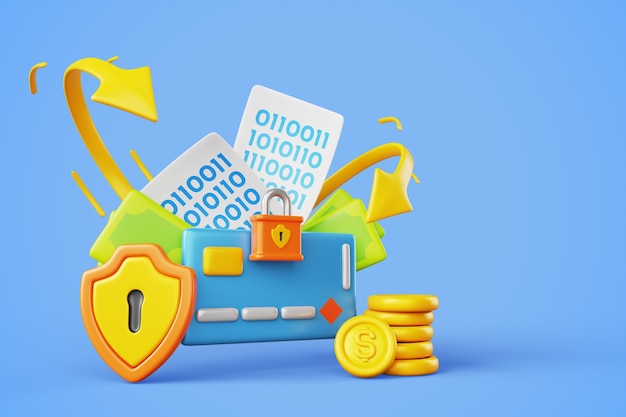
Following a hiatus of over three years, the moratorium on student loan payments has finally come to an end. As of September 1st, federal loan interest will begin to pile up again, and regular monthly loan payments will become obligatory starting October. Have you prepared a plan to manage your student loans effectively?
Many borrowers are apprehensive about incorporating these payments back into their monthly expenses, especially considering the rising cost of living. Failing to stay current with student loan payments can have serious repercussions for your financial health and credit score.
To avoid such a predicament, here are eight strategies to aid you in keeping up with your student loan payments:
1. ACKNOWLEDGE YOUR DEBT AMOUNT: Familiarity breeds light. Hence, it’s vital to be fully aware of the load you bear. With loans being on hold for so long, you might have disregarded what you owe; begin by calculating your overall debt. With clear knowledge of your debt, you can plan to repay, consolidate, or apply for loan forgiveness.
2. COMPREHEND YOUR LOAN CONDITIONS: Managing your student debt effectively requires a clear understanding of your loan terms. Recognize interest rates, repayment schedules, and due dates for each loan to design a repayment plan that fits your circumstances and helps avoid future financial difficulties.
3. ESTABLISH AUTOMATED PAYMENTS: Through your loan provider, establish automatic payments. This ensures timely payments and aids in avoiding late fees. An added boon, some lenders offer interest rate reductions for automated payments. Be sure, though, to budget for these payments and maintain sufficient funds in your account to evade overdrafts or failed payments.
4. EXPLORE INCOME-DRIVEN REPAYMENT PLANS: If your monthly loan payments dwarf your income, consider income-driven repayment plans that the federal government offers. These programs tailor payments to your income and family size, with most federal student debt qualifying for at least one such plan. If your income is sufficiently low, your payment could even be as low as $0 per month.
5. CONTEMPLATE LOAN DEFERMENT OR FORBEARANCE: During temporary financial hardships, you may qualify for deferment or forbearance, allowing temporary suspension or reduction of loan payments.
6. CONSIDER A PUBLIC SERVICE LOAN FORGIVENESS: If you work or have worked in public service, you might qualify for a loan forgiveness program. Under this program, federal student loans may be absolved after 120 qualifying payments while employed with a qualifying public service employer.
7. PRIORITIZE HIGH-INTEREST LOANS: If you have multiple loans, prioritize settling the ones with the steepest interest rates first. This method, known as a debt avalanche, reduces the total interest you’ll pay in the long run.
8. MAKE EXTRA PAYMENTS TO YOUR PRINCIPAL: Whenever possible, such as when receiving a tax refund or work bonus, make additional payments on your student loans. This will reduce your principal quicker, leading to lesser interest payments over the life of the loan.
Not paying your student loan can lead to dire consequences from wage garnishment to legal action. It’s important to stay proactive with your student loans, such as sticking to a budget, looking into loan forgiveness, and exploring various payment programs. In case of difficulties in making a payment, connect with your loan provider promptly. They can provide guidance on alternative ways to manage your student loans, such as loan consolidation or rehabilitation programs.


